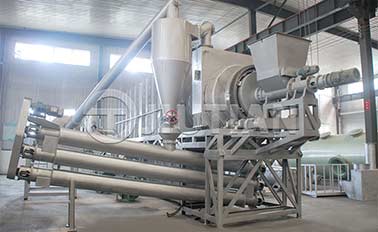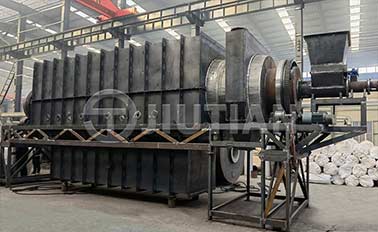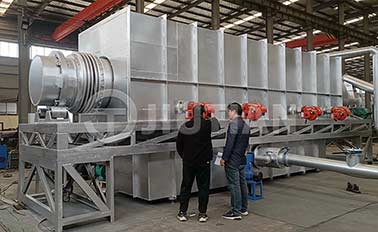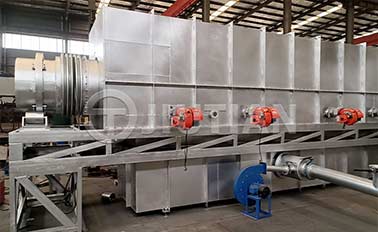Activated carbon is a widely used adsorbent made of carbonaceous materials with a developed pore structure and large surface area. It is widely used in air purification, water treatment, desulfurization and denitrification and other fields, but in some cases there may be some safety issues. Here are some possible issues:
1. Adsorbent selection: Activated carbon can adsorb various chemical substances, including toxic substances and harmful gases. If an activated carbon is selected that is not suitable for a specific application, it may not effectively remove target compounds or may release adsorbed substances.

2. Dust explosion: Fine powdered activated carbon forms a flammable mixture in the air, which may cause fire or explosion when there is an open flame or high temperature. Therefore, fire and explosion protection measures need to be taken when handling or storing activated carbon.
3. Respiratory hazards: Powdered activated carbon will produce dust during handling or use. Inhaling activated carbon dust for a long time may cause irritation or damage to the respiratory system. Therefore, appropriate personal protective equipment such as masks and goggles should be worn when handling activated carbon.
4. Chemical reaction: Activated carbon can react with other chemicals to produce harmful or dangerous compounds. Therefore, when using activated carbon, care needs to be taken to avoid contact with incompatible substances and to observe correct storage and use methods.
In short, activated carbon is relatively safe when used normally and properly managed, but it still needs to be treated with caution and appropriate safety measures taken according to specific application scenarios.

Location:Indonesia
Project Progress:Put Into Production

Location:Vietnam
Project Progress:Put Into Production

Location:Kenya
Project Progress:Put Into Production

Location:Canada
Project Progress:Put Into Production